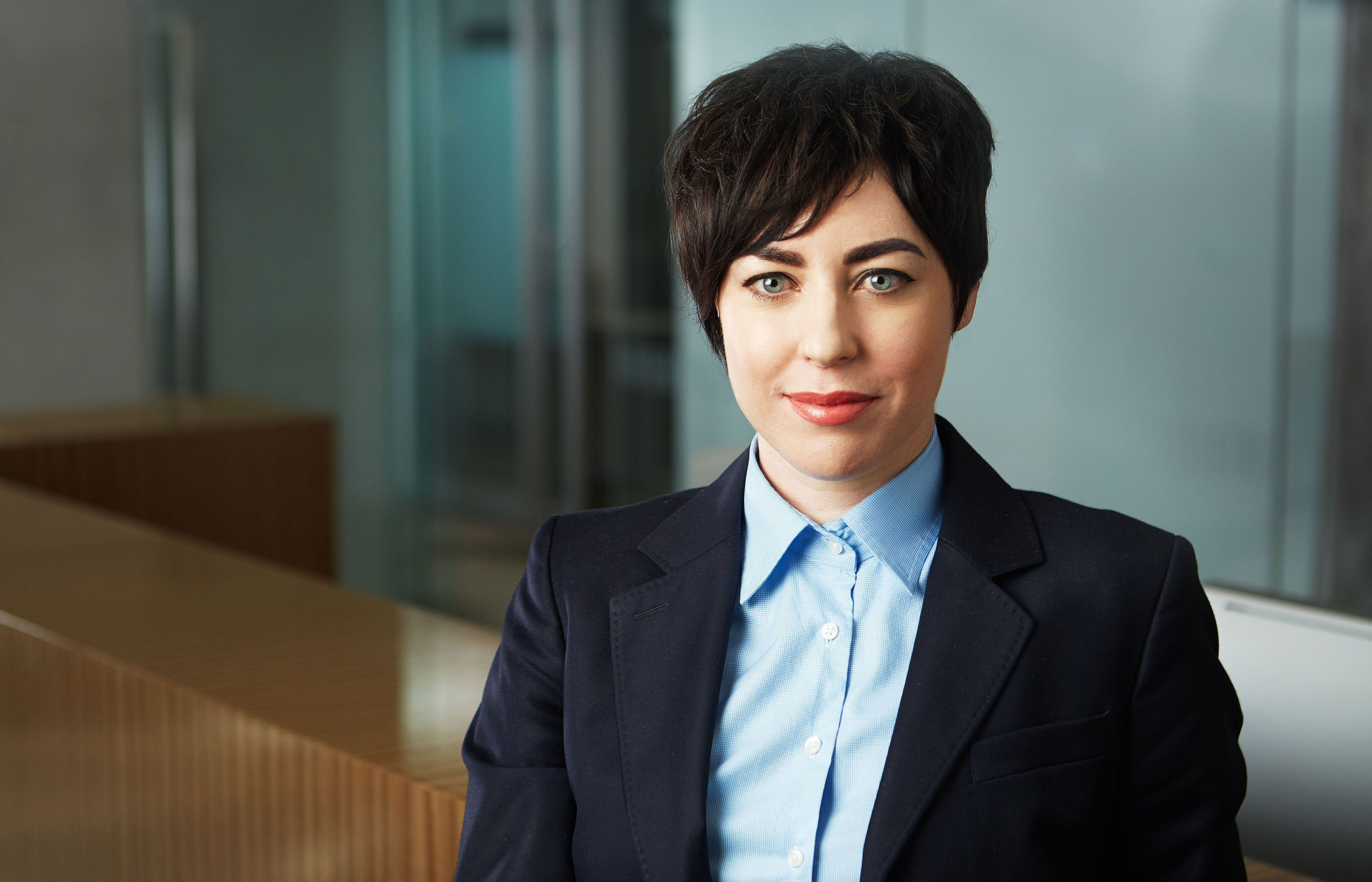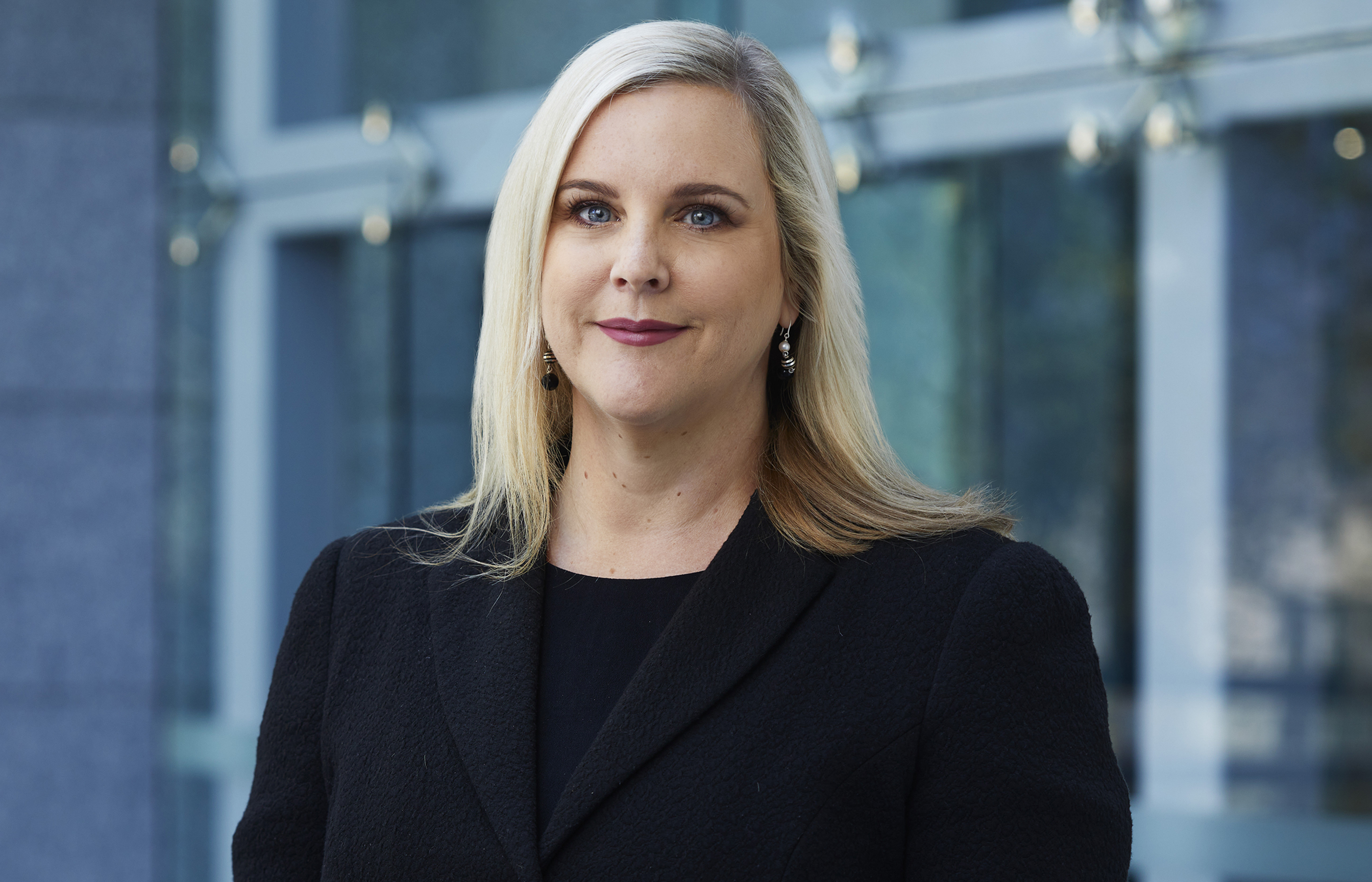The Supreme Court of Western Australia decision of De Kauwe v Cohen (No 4)1 is a salient reminder that in the midst of internal boardroom disputes, and especially where those disputes relate to alleged misconduct by directors or other officers of the company, care should be taken about statements made to third parties or in company announcements or documents.
In this case, the plaintiff, Dr Brendan de Kauwe (Dr de Kauwe), was one of six directors of a publicly-listed entity, eSense Lab Ltd (eSense).2
Dr de Kauwe issued proceedings against the other five directors, the company secretary and a company media/investor relations adviser, for allegedly defamatory statements made in various publications, including several letters, notices, emails and two ASX announcements.3 Dr de Kauwe claimed he had suffered loss and damage because of the defamatory publications.4
Each of the defendants denied the publications conveyed defamatory meanings alleged by Dr de Kauwe, and in some instances did not admit that the publications were of or concerning Dr de Kauwe.5
First ASX Announcement
The first ASX announcement was entitled “eSense-Lab Appoints Independent Examiner to Investigate Conduct of Dr Brendan de Kauwe”, and stated, amongst other things:
Dr de Kauwe argued that the First ASX Announcement conveyed the meaning that he was a person whose conduct as a director of eSense was so lacking in propriety as to warrant an examination into his conduct by an independent company auditor.7
The Court accepted Dr de Kauwe’s argument that the first ASX announcement conveyed defamatory imputations.
Second ASX Announcement
The second ASX announcement, contained statements, amongst other things, to the effect that:
In respect of the second ASX announcement, Dr de Kauwe argued (and the Court generally accepted) that the second ASX announcement conveyed the imputations that:
Both the first and second ASX announcements were published on the ASX website, where they were available for download by the general public.
Recently such publication on the internet has been the subject of much debate. In Australia, it is generally regarded that a plaintiff claiming to have been defamed in material posted on the internet must prove that the material has been accessed and downloaded in order for it to have been “published”. 10
In this case, there was documentary evidence (being various news articles) from which it was inferred that each of the ASX announcements were downloaded and read by various members of media organisations and the author(s) of those news articles.
Having found that each of the ASX announcements were published, the question then remained as to whether each of the defendants were publishers of that material. The Supreme Court found in this case, that each of the defendants intentionally participated in the publication and were therefore liable for the publication.
In Fairfax Media Publications Pty Ltd v Voller, the High Court held that for a person to be liable for a publication of defamatory material, whether it was traditionally or digitally distributed, it was not necessary to prove that a person intended to convey the defamatory meaning.11
In respect of each of the five co-directors, the Court held that they participated in the publications to such a degree that they were each publishers of, and responsible for, the publication of the first and second ASX announcements to people who downloaded it from the ASX and the eSense and data-feed websites. This was because each of the co-directors intended the announcement to be published, and further, they actively and voluntarily participated in the publication of the first and second ASX announcements.
As the company secretary was also involved in the drafting and amending of the publications, he, too, was liable as a publisher of the defamatory material.
The co-director defendants submitted that they were protected under a defence of common law qualified privilege, in that they had a duty or interest to publish each of the announcements and it was a means of providing information to the company’s shareholders and other interested parties.
Further, it was argued that both the ASX and shareholders and other interested parties had a corresponding interest in receiving the announcement. In that regard, the Court held that the first ASX announcement, to the extent it was published to company shareholders, was published on an occasion of qualified privilege. However, to the extent that the first ASX announcement was published to persons extending beyond members of the company, the defendants were not protected by common law qualified privilege.
In respect of the second ASX announcement, the defence of qualified privilege was not available to the co-director defendants as the Court held that they were actuated by malice. This was on the basis that their dominant motive was to injure Dr de Kauwe.
Ultimately, Dr de Kauwe was successful in his defamation claims in respect of four of the ten publications, including each of the ASX announcements.
In addition to general damages in the sum of $160,000 for the ASX announcements, Dr de Kauwe was also awarded aggravated damages in the sum of $30,000.12
In 2023, the decision was appealed to the Western Australia Supreme Court of Appeal in the case of Wright v De Kauwe.13 This appeal considered applications by the appellant and the second to seventh respondents, who were the defendants in the primary proceedings.14
Final orders in the primary proceedings were made on 16 February 2022, awarding damages to the first respondent, Dr de Kauwe, for defamation and ordering the defendants to pay his costs of the primary proceedings.15
Mr Wright was the seventh defendant in the primary proceedings and is the seventh respondent to this appeal. He was employed by NWR Communications Pty Ltd, which was engaged to provide media and investor relations services to eSense.16
In his appeal, Mr Wright challenged the trial judge’s finding that he was party to the publication of the Second ASX announcement (Second Announcement).17 Otherwise, no other party challenged the trial judge’s finding that the publication of the letters and first and second ASX announcements constituted an actionable defamation by the defendants to which the defendants had no defence.18
The trial judge assessed that $120,000 would be awarded against all defendants in respect of the publication of the Second Announcement.19 Involvement in the publication of the Second Announcement was the only basis upon which Mr Wright was found liable to pay damages to Dr de Kauwe.20
The trial judge made various findings of primary facts regarding Mr Wright’s involvement in the development of a ‘position statement’ which became the Second Announcement.21
Mr Wright contended that the trial judge erred in law in finding that Mr Wright assisted others in their attack on Dr de Kauwe by assisting in drafting their position and attaining publicity for their attacks on Dr de Kauwe.22 Mr Wright contended that the trial judge ought to have found that there was no evidence that Mr Wright assisted in drafting the statement of position and attaining publicity for the attacks on Dr de Kauwe23 and the Court of Appeal was not satisfied that this ground of appeal was made out.24
However, Mr Wright was successful is arguing that he did not contribute to the text of the Second Announcement in any way and there was no evidential basis for an interference that he did so.25 Mr Wright stated that the highest his involvement could be characterised was seeking information to be contained in the statement and liaising with Mr Lace (who drafted the statement).26
Mr Wright contended that his involvement needed to be viewed in the context where, as the trial judge found, he encouraged and assisted the directors and staff of eSense to obtain legal advice as to what could be included in the statement.27 Mr Wright said that he was not in a position to assent to the contents of the Second Announcement and did not do so.28
The Court of Appeal decided that, for the present purposes, the second ground of appeal of Mr Wright was sufficiently arguable in the circumstances.29
The decisions in the above cases are a stark reminder that directors should exercise caution when making statements in company documents to third parties (and especially where the statements are available to the general public).
Failure to exercise caution may expose directors to being personally liable for defamation. The defence of common law qualified privilege will not extend so far as to protect defamatory statements where they are made to individuals extending beyond members of the company or where malice is actuated.
If you are a director of a publicly listed company and you have any concerns about publications made by or on behalf of the company, please contact Cinzia Donald, Partner, or Kristy Yeoh, Special Counsel, in Lavan’s Litigation and Dispute Resolution team.


1[2022] WASC 35 (‘De Kauwe v Cohen’).
2Ibid, 16 [1].
3Ibid, 16 [3].
4Ibid, 16 [6].
5Ibid, 16 [5].
6Ibid, 51 [197].
7Ibid, 52 [199].
8Ibid, 218 [967].
9Ibid, 268 [1203].
10Sims v Jooste [No 2] [2016] WASCA 83.
11(2021) 392 ALR 540 [27].
12De Kauwe v Cohen (n 1), 262 [1177].
13[2023] WASCA 42.
14Ibid [1].
15Ibid.
16Ibid [9].
17Ibid [11].
18Ibid [11].
19Ibid [12].
20Ibid [47].
21Ibid [61].
22Ibid [85].
23Ibid [86].
24Ibid [99].
25Ibid [91].
26Ibid.
27Ibid [92].
28Ibid.
29Ibid [94].